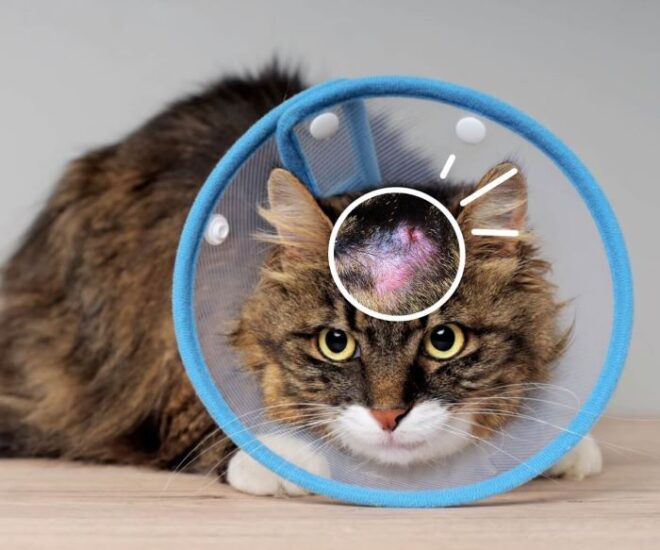Like all living things, cats can suffer from bacterial and fungal infections. Felines groom themselves constantly, exponentially increasing their exposure risk to pathogens. Catching infections early and following veterinarian-recommended treatment helps support full recovery. Preventative care also reduces recurring infection frequency. This article explores common fungal and bacterial infections in cats, symptoms to watch for, standard treatment options, and key prevention strategies for optimal health.
Most Common Infections
Certain bacterial and fungal organisms commonly infect cats. The most prevalent include:
Bacterial
– Bartonella henselae – causes Cat Scratch Fever
– Pasteurella – respiratory infection
– Staphylococcus – skin infections
Fungal
– Ringworm – transmits from cats, soil, humans
– Aspergillus – mold spores trigger respiratory issues
– Candida – yeast overgrowth causes skin/ear issues
While not all species of bacteria and fungi routinely prompt illness in cats, opportunistic overgrowth of these pathogens can develop and require prompt medical care.
Signs of Infection
Catching infections early makes treatment easier. Monitor your cat for potential infection clues like:
– Skin changes – scabs, hair loss, redness, itching
– Ear issues – head shaking, dark discharge, redness, odor
– Respiratory – sneezing, nasal discharge, breathing issues
– Oral cavity – plaque, inflammation, swollen gums
– Fatigue and appetite issues
Diagnosing Infection
If your cat showcases concerning symptoms, promptly contact your veterinarian. They will examine your cat thoroughly and possibly run tests like:
– Skin scrapings to ID ringworm fungi
– Ear swabs analyzing discharge
– Dental probing for hidden tooth decay
– Blood tests checking for systemic issues related to bacteria, viruses, parasites
Culture and sensitivity testing helps pinpoint which medications your cat’s infection responds to best. Follow all medication and care protocols as directed.
Treatment Options
Treating bacterial and fungal feline infections usually involves:
– Oral, topical or IV antibiotics, antifungals
– Medicated baths/dips
– Anti-inflammatories providing pain/fever relief
– Probiotics restoring healthy gut bacteria
– Fluid therapy and nutritional support
Follow up testing helps confirm the infection cleared completely. Alert your vet about any lingering symptoms or complications interfering with your cat’s quality of life. Recurrent infections may require more aggressive diagnostics and treatment.
Prevention Tips
Preventing infections involves several key steps:
– Feed balanced diet supporting immune health
– Follow vaccine and routine wellness exam schedule
– Practice good hygiene/litter box protocols
– Control parasites like fleas and intestinal worms
– Avoid exposure to stray animals
– Limit stress levels
– Administer preventative medication if recommended
While not every infection proves fully preventable, optimal wellness care reduces risks greatly.
What is the Prognosis for Infected Cats?
By law, all cat owners must provide prompt medical treatment to relieve infections causing suffering. With compliant at-home treatment, most felines fully recover from common bacterial and fungal infections under veterinary monitoring. However, neglected cases do run the risk of spreading to become systemic, long-term or life-threatening.
Catching infection symptoms early, identifying the pathogen through testing, and following prescribed treatment protocols offers an excellent prognosis for cats returning to full health. Some longhair cats may experience permanent minor hair loss at infection sites. Discuss any ongoing complications with your veterinary team.
Overall, educated cat owners who monitor for symptoms and partner promptly with their vet provide their cats the best chances of smoothly recovering from common bacterial and fungal infections. Prevention and responsible care helps keep all cats healthy and thriving.



